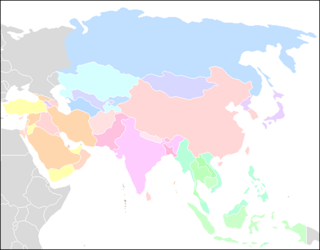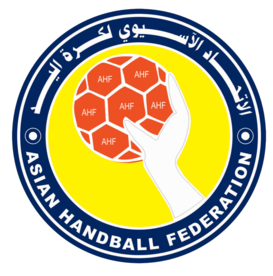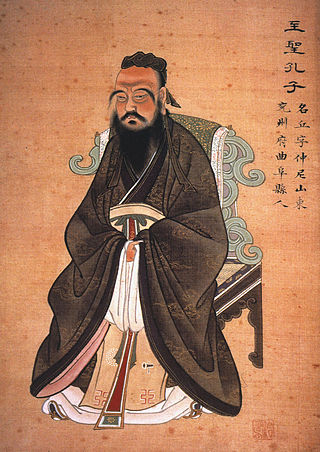This is a list of articles giving brief summaries of each country in Asia. The transcontinental countries situated in both Asia and Europe are also shown.
The following outline is provided as an overview of and topical guide to dance:

South Korea, officially the Republic of Korea (ROK), is a country in East Asia. It constitutes the southern part of the Korean Peninsula and borders North Korea along the Korean Demilitarized Zone. The country's western border is formed by the Yellow Sea, and its eastern border is defined by the Sea of Japan. South Korea claims to be the sole legitimate government of the entire peninsula and adjacent islands. It has a population of 51.96 million, of which roughly half live in the Seoul Capital Area, the fourth most populous metropolitan area in the world. Other major cities include Incheon, Busan, and Daegu.

The Asian Games, also known as Asiad, is a continental multi-sport event held every fourth year among athletes from all over Asia. The Games were regulated by the Asian Games Federation (AGF) from the first Games in New Delhi, India in 1951, until the 1978 Games. Since the 1982 Games, they have been organized by the Olympic Council of Asia (OCA), after the breakup of the Asian Games Federation. The Games are recognized by the International Olympic Committee (IOC) and are described as the second largest multi-sport event after the Olympic Games.
Each entry below presents a list of topics about a specific nation or state (country), followed by a link to the main article for that country. Entries for nations are in bold type, while those for subnational entities are in normal (unbolded) type.

Asian music encompasses numerous musical styles originating in many Asian countries.

This is a list of hospitals for each country in Asia:

A subregion is a part of a larger region or continent and is usually based on location. Cardinal directions, such as south are commonly used to define a subregion.

An exclusive economic zone (EEZ), as prescribed by the 1982 United Nations Convention on the Law of the Sea, is an area of the sea in which a sovereign state has exclusive rights regarding the exploration and use of marine resources, including energy production from water and wind. It stretches from the outer limit of the territorial sea out 370.4 kilometres from the coast of the state in question. It is also referred to as a maritime continental margin and, in colloquial usage, may include the continental shelf. The term does not include either the territorial sea or the continental shelf beyond the 200 nautical mile limit. The difference between the territorial sea and the exclusive economic zone is that the first confers full sovereignty over the waters, whereas the second is merely a "sovereign right" which refers to the coastal state's rights below the surface of the sea. The surface waters are international waters.

The Western Bloc, also known as the Capitalist Bloc, is an informal, collective term for countries that were officially allied with the United States during the Cold War of 1947–1991. While the NATO member states, in Western Europe and Northern America, were pivotal to the bloc, it included many other countries, in the broader Asia-Pacific region, the Middle East, Latin America, and Africa with histories of anti-Soviet, anti-communist and, in some cases anti-socialist, ideologies and policies. As such, the bloc was opposed to the political systems and foreign policies of communist countries, which were centered on the Soviet Union, other members of the Warsaw Pact, and usually the People's Republic of China. The name "Western Bloc" emerged in response to and as the antithesis of its Communist counterpart, the Eastern Bloc. Throughout the Cold War, the governments and the Western media were more inclined to refer to themselves as the "Free World" or the "First World", whereas the Eastern bloc was often referred to as the "Communist World" or less commonly the "Second World".

The Sinosphere, also known as the East Asian cultural sphere, or the Sinic world, encompasses multiple countries in East Asia and Southeast Asia that historically were heavily influenced by Chinese culture, norms and traditions. According to academic consensus, the Sinosphere comprises four entities: Greater China, Japan, Korea, and Vietnam. Other definitions may include Mongolia and Singapore, largely due to limited historical Chinese influences or increasing modern-day Chinese diaspora. The Sinosphere is not to be confused with Sinophone, which indicates countries where a Chinese-speaking population is dominant.

The following outline is provided as an overview of and topical guide to sports:

This is a gallery of international and national flags used in Asia.

The Asian Handball Federation (AHF) is the governing body of handball and beach handball in Asia. It has 44 member countries, mostly located on the Asian continent, but excludes the transcontinental countries with territory in both Europe and Asia – Azerbaijan, Georgia, Russian Federation and Turkey – which are instead members of European Handball Federation (EHF). Three other states located along the western fringe of Asia – Cyprus, Armenia and Israel – are also EHF members. Hong Kong China and Macau, although not independent countries, are also members of the AHF.

The Democratic People's Republic of Korea women's national football team represents North Korea in international women's football.
Law in Asia refers to the legal systems of Asian countries.

The following outline is provided as an overview of and topical guide to Asia.

East Asia is a region of Asia, which is defined in both geographical and ethno-cultural terms. The modern states of East Asia include China, Japan, Mongolia, North Korea, South Korea, and Taiwan. Hong Kong and Macau, two small coastal cities located in the south of China, are autonomous regions under Chinese sovereignty. Japan, Taiwan, South Korea, China, Hong Kong, and Macau are some of the world's largest and most prosperous economies. East Asia borders Siberia and the Russian Far East to the north, Southeast Asia to the south, South Asia to the southwest, and Central Asia to the west. To the east is the Pacific Ocean and to the southeast is Micronesia.

Lists of airports in Asia cover airports in each country of Asia, organized by activity and by region and country. They include military air bases and civilian airports. There are lists for countries with limited international recognition and for dependencies of other countries.

Eastern culture, also known as Eastern civilization and historically as Oriental culture, is an umbrella term for various cultural heritages of social norms, ethical values, traditional customs, belief systems, political systems, artifacts and technologies of the Eastern world.